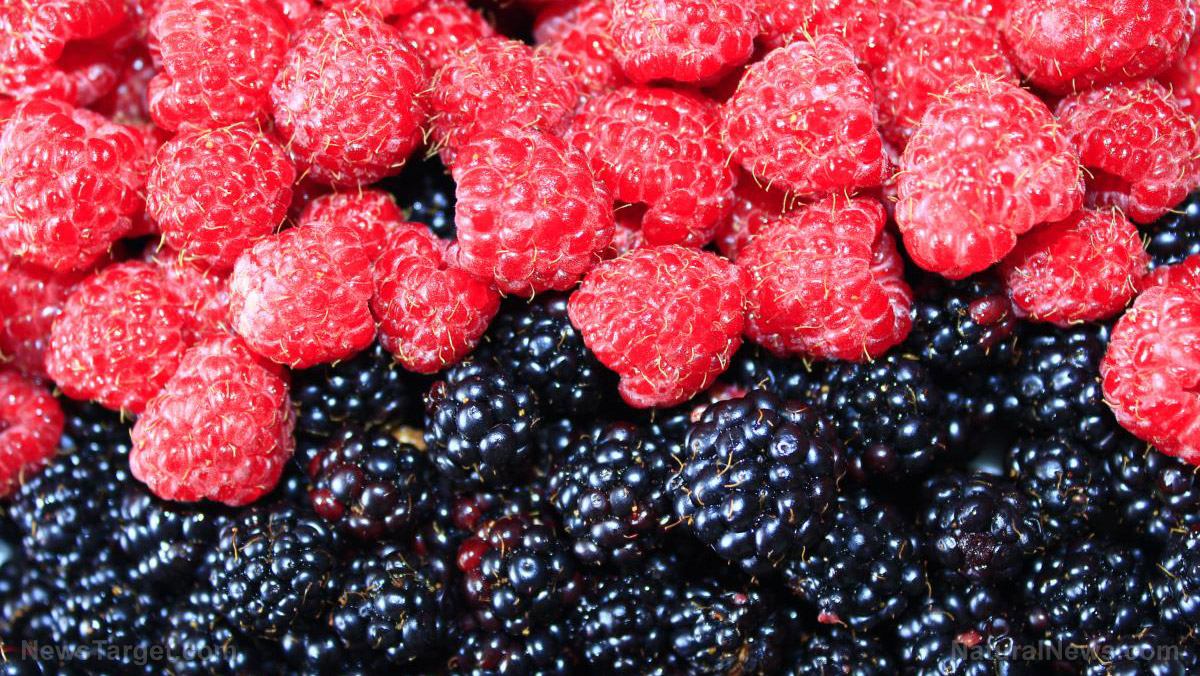- The book "Pharmaceuticals to Nutraceuticals: A Shift in Disease Prevention" by Dilip Ghosh and R.B. Smarta explores the growing trend of using nutraceuticals — fortified foods, dietary supplements, herbal products and functional foods — as powerful tools for disease prevention and management, marking a significant shift from traditional pharmaceuticals.
- The authors emphasize that achieving optimal health and preventing chronic diseases involves modulating the intake of macro- and micronutrients, including pharmacological doses found in supplements and functional foods. This approach highlights the synergy between pharmaceuticals and nutraceuticals, as seen in examples like ezetimibe and dietary modifications.
- The nutraceutical market is rapidly growing but faces challenges in ensuring the safety and efficacy of products. The authors stress the importance of developing third-generation nutraceuticals that are scientifically studied, clinically supported and contain standardized ingredients, underscoring the need for rigorous research and development.
- The book acknowledges the historical use of food bioactives and herbal medicine in healing, a practice that is gaining renewed interest in Western societies. However, this resurgence brings concerns about safety, efficacy and quality, necessitating the integration of traditional and modern medicine to leverage the strengths of both approaches.
- Major pharmaceutical companies are diversifying into the nutraceutical market due to economic challenges like the patent cliff. This shift reflects a broader transformation toward preventive care, personalized medicine and the integration of nutraceuticals into mainstream healthcare, indicating a fundamental change in the industry's approach to health and wellness.
In an era where the adage "Let food be thy medicine and medicine be thy food" is experiencing a renaissance, a profound transformation is underway in the realms of health and wellness. This shift, from pharmaceuticals to nutraceuticals, is reshaping our understanding of disease prevention and overall well-being. At the heart of this movement is the increasingly blurred line between what we eat and how we heal, a concept explored in depth by authors Dilip Ghosh and R.B. Smarta in their groundbreaking book, "
Pharmaceuticals to Nutraceuticals: A Shift in Disease Prevention."
The book delves into the burgeoning field of nutraceuticals, a term encompassing fortified foods, dietary supplements, herbal products and functional foods. These are not merely sustenance but powerful tools in the prevention and management of diseases. Nutraceuticals represent a paradigm shift, where the food on our plates is as crucial to our health as the medications in our cabinets.
Ghosh and Smarta emphasize that optimal health and the
prevention of chronic diseases can be achieved by modulating the intake of macro- and micronutrients. This goes beyond the traditional understanding of vitamins and minerals, venturing into the territory of pharmacological doses found in supplements, nutraceuticals and functional foods. A prime example is ezetimibe, a drug used to reduce cholesterol levels, often complemented by dietary modifications. This synergy between pharmaceuticals and nutraceuticals underscores the potential of a combined approach to health.
The nutraceutical market is one of the most promising and rapidly growing sectors globally. However, it is not without its challenges. The authors highlight the critical need for evidence-based nutraceuticals, often referred to as third-generation nutraceuticals. These products must be scientifically studied, clinically supported and contain standardized ingredients derived from plants and foods. This emphasis on rigorous research and development is crucial for creating products that are both effective and safe.
Historically, humans have relied on
food bioactives and herbal medicine for healing. This practice, once prevalent in ancient civilizations, is now experiencing a resurgence, particularly in Western societies that previously overlooked it. However, this revival has brought concerns about the safety, efficacy and quality of herbal products to the forefront. The authors argue that integrating traditional and modern medicine is essential for addressing these concerns and leveraging the strengths of both approaches.
The book also addresses the economic challenges faced by the pharmaceutical industry, such as the patent cliff and the need for new revenue models. This has prompted a shift toward diversification, with major players like Pfizer and Merck entering the nutraceutical market. This move is not merely about expanding product lines but adapting to a changing healthcare landscape where prevention is gaining equal footing with cure.
Ghosh and Smarta suggest that the most innovative pharmaceutical companies are undergoing a significant transition. They are moving away from traditional business models to focus on delivering outcomes rather than just treatments. This shift toward preventive care, personalized medicine and the
integration of nutraceuticals into mainstream healthcare is a testament to the evolving nature of the industry.
In conclusion, the journey from pharmaceuticals to nutraceuticals is more than a fleeting trend; it is a fundamental shift in how we approach health and wellness. It empowers individuals to take control of their health through informed choices and embraces the idea that food can be a powerful ally in the fight against disease. As Ghosh and Smarta eloquently put it, "The future of healthcare lies in the integration of food and medicine, where the foods we consume are not just sources of nutrition but also potent tools for healing and prevention."
Learn more about nutraceuticals by watching the video below.
This video is from the
BrightLearn channel on Brighteon.com.
Sources include:
Brighteon.ai
Brighteon.com
 Parler
Parler Gab
Gab










